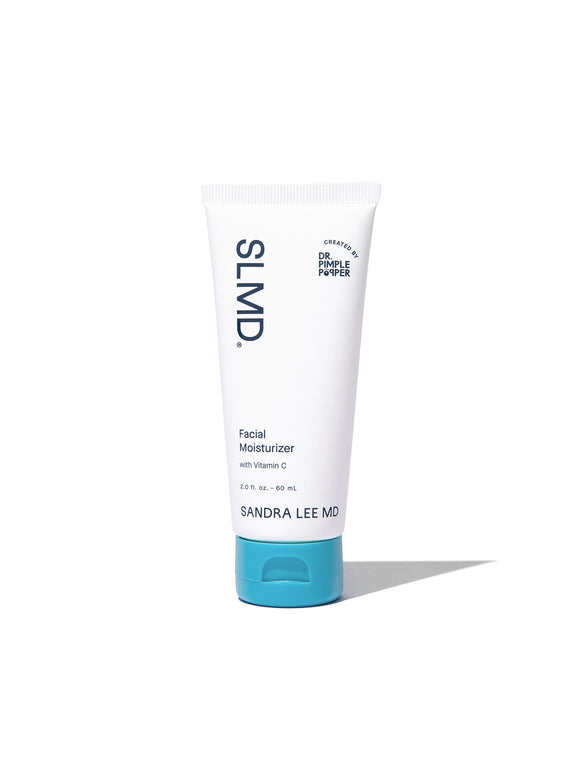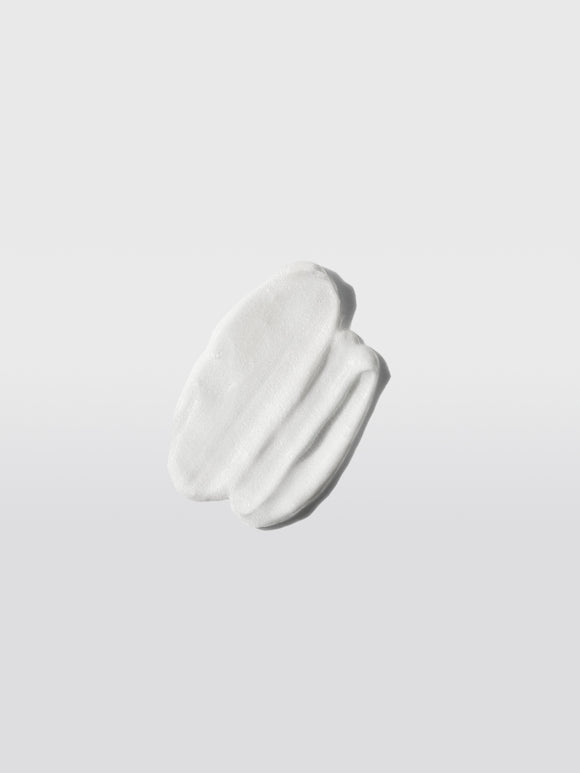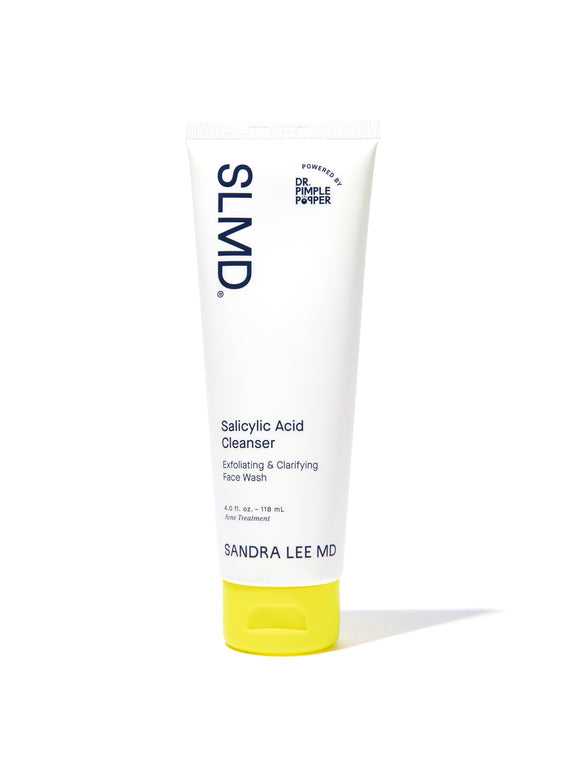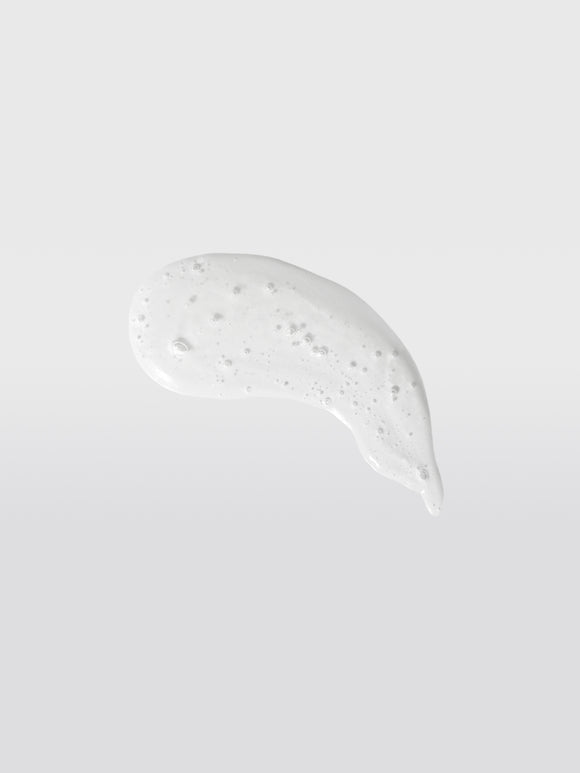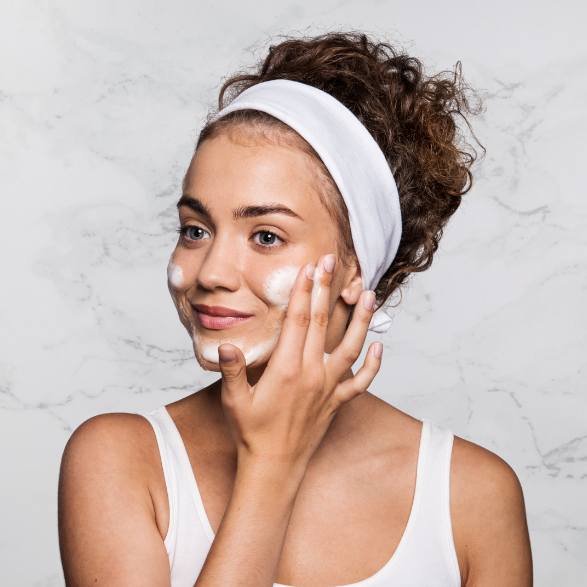
Our Guide to Sensitive Skin Care
Published:
2 minute read
Building a skincare routine that works for your skin is a long process of trial and error. When error strikes, your skin may react to certain ingredients, creating a rash, irritation or inflammation. If you have sensitive skin, you’re probably no stranger to these symptoms. Good news — There are ways to avoid reactions, identify what is causing them and adapt your skin routine to accommodate them. Here are our best practices for navigating skincare with sensitive skin!

Choose Wisely
Although it’s hard to anticipate how your skin will react to new products and ingredients, checking labels for “hypoallergenic,” “non-irritating,” or “dermatologist tested” is a safe bet. Stay away from skin products with artificial exfoliating beads and scents. In addition to being damaging to the environment, microbeads can actually cause small rips in the skin known as micro-tears. Choose exfoliating cleansers with Salicylic Acid, which unclogs pores without damaging the skin. It is the active ingredient in SLMD’s Salicylic Acid Cleanser, which also contains Allantoin to soothe irritation and redness. You can also consult a dermatologist to figure out which ingredients you may be sensitive or allergic to, so you can avoid any products that contain those ingredients.

Testing Ingredients
The best way to gauge how your skin will react to a new product is doing a test patch. Dr. Sandra Lee recommends placing a small amount of the product on the skin behind your ear or on your inner forearm for a few days in a row. Closely monitor the area for any redness, irritation or rashes. If your skin tolerates the product, you can begin using it regularly on your skin. If you start using a topical anti-aging product, you can also apply it to a smaller area of your face, like one cheek, for a few days to test your skin’s response without risking a full-fledged breakout. If you’re adding a new product to your existing skincare regimen, try a test spot with the products you’re planning on layering as well to make sure those ingredients don’t interfere with each other.

Identifying the Problem
If you recently upgraded your skin care in more than one way, and your skin has reacted poorly, identifying the problematic ingredient is the first step in resolving the issue. Stop layering your skincare and instead test spot one product at a time to figure out which product is irritating your skin. If your skin tolerates each alone, begin to layer them in a test spot to identify which combination is causing discomfort. With some persistence, you should be able to pinpoint which product you need to swap.
Swapping Products
If your test spot goes south, you can swap out the irritating active ingredient for a more gentle one. Instead of Benzoyl Peroxide or Salicylic Acid which can be troublesome for sensitive skin, Dr. Lee suggests products with Sulfur, which regulates the skin’s oil-production, stops the growth of acne-causing bacteria and gently exfoliates. SLMD’s Sulfur Lotion is a lightweight, easily absorbed lotion formulated with Sulfur and Sweet Almond Oil to prevent breakouts for a clear complexion. If your moisturizer is occlusive, which can exacerbate oily skin or clog pores, swap a lightweight, oil-free and fragrance-free formula. Formulated for acne-prone skin, SLMD’s Facial Moisturizer supplies deep-down moisture without irritating sensitive skin and uses Vitamin C to brighten complexion.
If you’re looking for an acne regimen specifically for sensitive skin, look no further! SLMD’s Sensitive Skin Acne System includes all of the products we’ve discussed so far, which can be used every day, morning and night.




